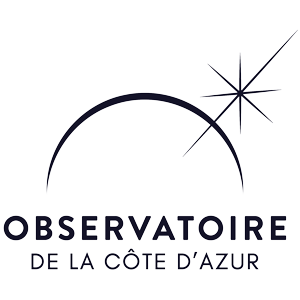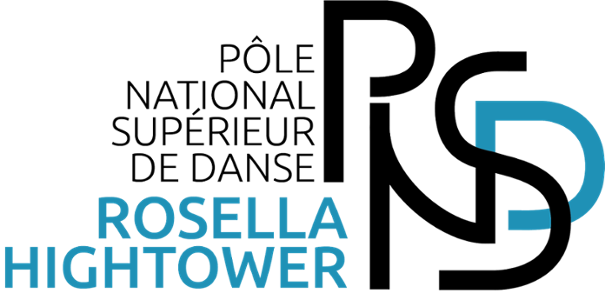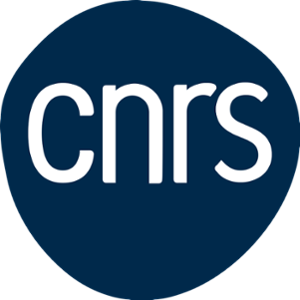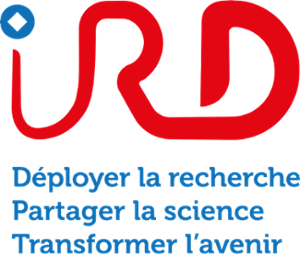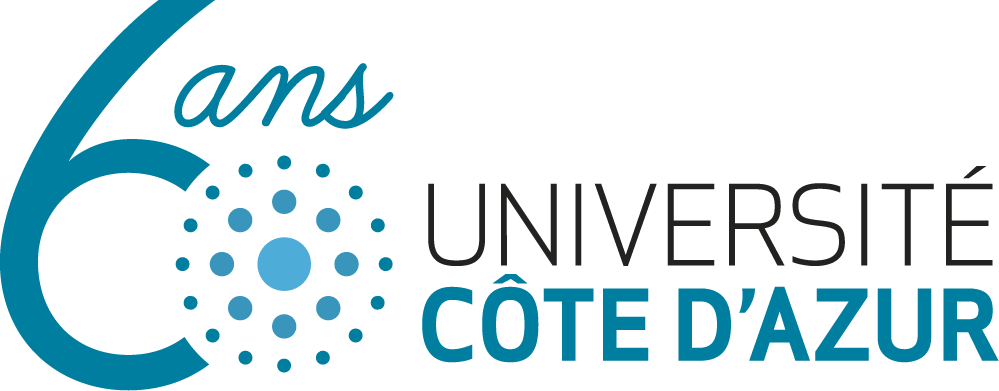| Teacher | face to face hours | working hours | ects |
|---|---|---|---|
| Bruno Cessac (Inria) Rodrigo Cofre (Inria) PhD Student for tutorials |
45 | 90 | 9 |
Description
The nervous system is composed of multiple subsystems interacting in parallel, across different spatial scales—from molecules to the whole brain—and temporal scales—from milliseconds to years. Understanding these subsystems and their interactions is essential to interpret experimental data (multi-electrode recordings, optical imaging, EEG, MEG, etc.) and to explain how cognitive functions emerge from cortical dynamics.Because the nervous system constantly interacts with a changing environment, we also aim to understand how the multi-scale dynamics of neural assemblies adapt so quickly and reliably. This requires appropriate theoretical models and analytical tools, grounded in experimental neuroscience.
This course provides a practical and operational introduction to brain dynamics at different scales: from neurons and synapses, to neural networks, to neural masses, up to the emergence of cognitive processes. Biological, physical, mathematical, computational, and cognitive aspects will be addressed in parallel. Acquisition techniques (multi-electrodes, optical imaging, EEG, MEG, etc.) will be presented alongside experimental protocols linking behavior to in vivo recordings during cognitive tasks.


